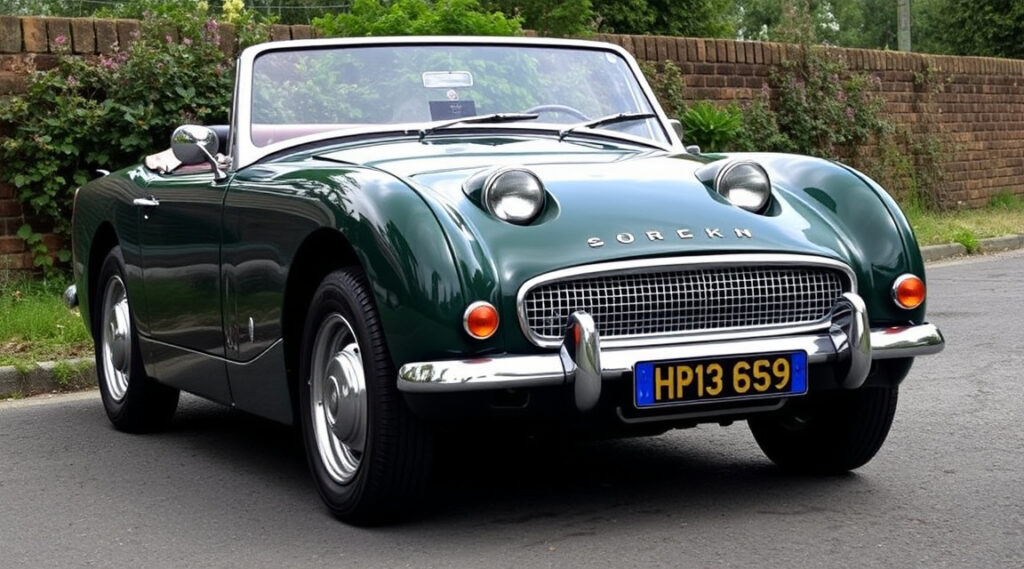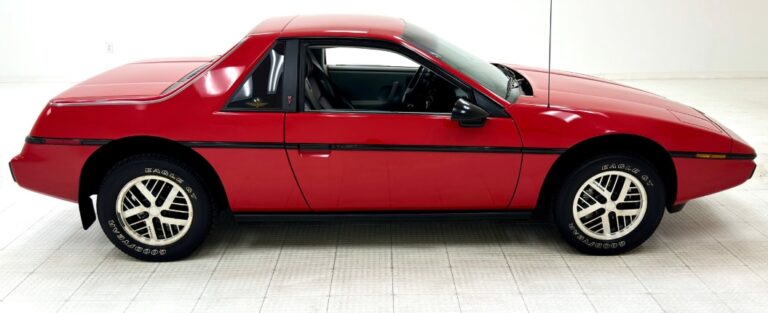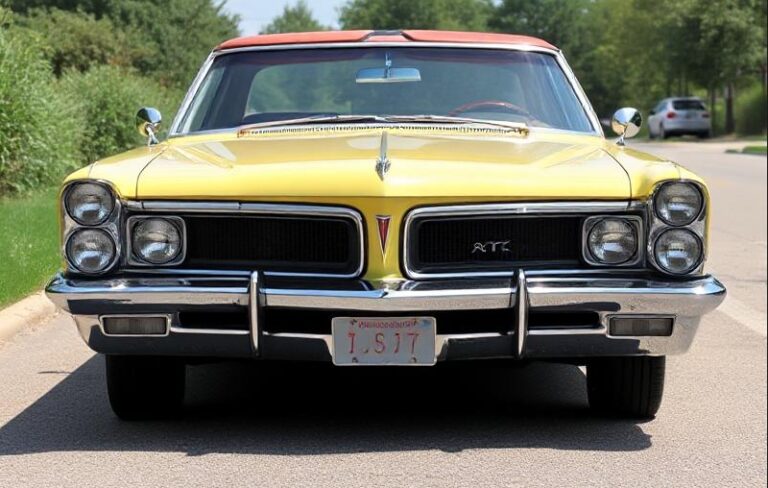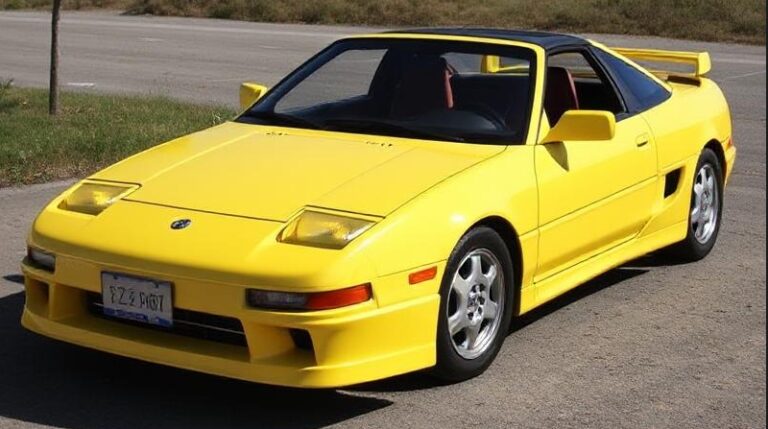The Evolution of the Austin-Healey Sprite
The Austin-Healey Sprite is an iconic British sports car that played a significant role in the motoring landscape of the 1950s and 1960s. Known for its innovative design, affordability, and spirited performance, the Sprite remains a beloved classic among enthusiasts today. This article traces the detailed evolution of the Austin-Healey Sprite, including production years, models, and trim levels, providing a comprehensive understanding of this enduring automotive legend.
Origins and Early Development (1958–1961)
The Austin-Healey Sprite was born out of the British Motor Corporation’s (BMC) desire to produce an affordable, fun, and practical sports car to compete with the flourishing small sports car market. The project was initiated as part of the efforts to capitalize on the success of small, lightweight roadsters like the MG Midget and Fiat 500-based sports cars.
Introduction and Production Start (1958)
Officially launched in 1958, the first model was simply called the Austin-Healey Sprite, often referred to as the Mark I or Bug Eye (by enthusiasts due to its distinctive headlight design). The Sprite Mark I was produced from 1958 until 1961.
Design and Features
- Body Style: Two-door roadster with a minimalist, lightweight design.
- Engine: A 948 cc (0.9L) A-series inline-four engine producing approximately 43 horsepower.
- Chassis and Body: Utilized a monocoque construction that contributed to its light weight (~1,600 pounds).
- Distinctive Features: Notably, the Sprite Mark I featured prominent, standalone, round headlamps mounted on the bonnet (hood), earning it the nickname “Bug Eye” or “Frogeye” in the US.
Trim Levels and Variants
Initially, the Sprite Mark I was offered as a single trim level, emphasizing simplicity and affordability. It featured minimal interior amenities, with basic instrumentation, bench seats, and no frills.
The Mark II (1961–1964)
Recognizing the need for updates to improve performance and comfort, BMC introduced the Sprite Mark II in 1961.
Key Changes and Features
- Engine: Upgraded to a 1098 cc (1.1L) A-series engine, producing around 55 horsepower.
- Design: Slight restyling included a more conventional grille, revised bumpers, and a more refined overall appearance.
- Chassis: Improved suspension and handling.
- Interior: Options for improved trim and instrumentation; some models featured two-tone paint schemes.
Models and Variants
The Mark II largely maintained a single trim level but introduced some special editions over its production run, including:
- Sprite Mark II Standard: Basic version with minimal features.
- Sprite Mark II Deluxe: Offered additional interior features, better trim, and sometimes a heater.
The Mark II was produced until 1964, serving as a bridge between the original design and the subsequent model with further refinements.
The Mark III and the Introduction of the Sprite “Frogeye” (1964–1966)
The most iconic version of the Sprite was introduced in 1964 with the Mark III, which included the famous “Frogeye” (or “Bugeye” in the US) model.
Design and Features
- Engine: The 1098 cc engine remained, with some models upgraded to 1275 cc later in the run.
- Exterior: Retained the distinctive headlight design but with a more streamlined grille and improved body panels.
- Interior: More comfortable and better appointed, with optional trim levels.
Models and Trim Levels
The Mark III was primarily available in:
- Sprite Mark III Standard: Basic features, minimal interior.
- Sprite Mark III Deluxe: Included upgraded trim, better seats, and sometimes a heater.
- Sprite Mark III Sports: Performance-oriented versions with minor tweaks for increased fun on the road.
Special Editions and Variants
- Sprite “Frogeye”: The nickname derived from the round, protruding headlamps, which became an instant classic. This version is the most collectible today.
- The Frogeye remained in production until 1966.
The Mark IV (1966–1969): The “Sprite 1275”
In 1966, BMC launched the Mark IV, often referred to as the Sprite 1275 due to its larger engine.
Design and Features
- Engine: A 1275 cc (1.3L) engine from the Mini Cooper S, producing up to 65 horsepower.
- Exterior: Slightly more modern styling, with less pronounced headlamp protrusions, but retaining the overall sprite charm.
- Chassis and Suspension: Further improvements for handling and stability.
- Interior: Upgraded instrumentation and trim.
Models and Trim Levels
- Standard Sprite 1275: Basic version with minimal features.
- Sprite 1275 Deluxe: Added interior and exterior trim, better seats, and optional extras like a soft-top or hardtop.
- Sprite 1275 Special: Performance variants with minor tuning for enthusiasts.
This generation solidified the Sprite’s reputation as an affordable yet fun sports car, with production continuing until 1969.
End of Production and Legacy (1969–1971)
By 1969, BMC was facing increasing competition and changing market dynamics. Production of the Austin-Healey Sprite officially ended in 1971.
Post-Production Models
- The Mark IV was the last official iteration, with some minor updates and special editions until the end of production.
- The Sprite name was phased out in favor of other models, but the car’s legacy persisted.
Summary of the Key Models and Trim Levels
| Model / Year Range | Notable Features | Engine Options | Production Years |
|---|---|---|---|
| Sprite Mark I | “Bug Eye” headlamps, minimal trim | 948 cc A-series (~43 hp) | 1958–1961 |
| Sprite Mark II | Restyled, improved engine (~55 hp) | 1098 cc A-series | 1961–1964 |
| Sprite Mark III (“Frogeye”) | Iconic round headlamps, refined styling | 1098 cc, later 1275 cc | 1964–1966 |
| Sprite Mark IV | Larger 1275 cc engine, modern styling | 1275 cc A-series (~65 hp) | 1966–1969 |
| Final Variants | Basic and deluxe trims, special editions | Same as above | 1969–1971 |
.
You’ve got that cool car, but is it resting in its own cool place?
It’s visually pleasing for the surrounding areas outside of your home to look as awesome as what’s stored inside your garage! If you desire a truly inspirational environment, you should check into these plans!

.
The Cultural Impact and Collectibility
The Austin-Healey Sprite’s distinctive styling and accessible price made it a favorite among young drivers and motoring enthusiasts. Its “Frogeye” version, in particular, has become one of the most collectible British sports cars, often fetching high prices at auctions.
The Sprite also contributed significantly to British automotive history by demonstrating that affordable, lightweight sports cars could be both practical and fun. Its engineering innovations, especially the monocoque chassis, influenced future small sportscar designs.
Conclusion
From its inception in 1958 to its final production run in 1971, the Austin-Healey Sprite evolved through four main generations, each marked by incremental improvements and distinctive styling cues. Its models ranged from the original “Bug Eye” to the more refined and powerful 1275 cc versions, each offering a different flavor of affordable British sports car excellence. Today, the Sprite remains a symbol of British engineering ingenuity, nostalgia, and motoring joy.







